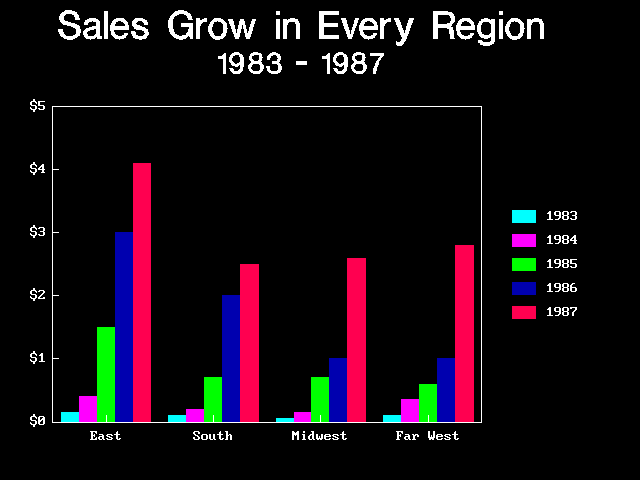
2) and are normalized by the effective eustatic value of this history (3.6 m see text). All calculations are based on the WA 2 (WAIS collapse) ice history ( Fig. (right) As in (left), but the viscoelastic calculations are based on the M VE3D model ( Fig. Results are shown for WAIS melt events of duration (top)–(bottom) 100, 300, 500, and 1000 yr. (left) Difference between the normalized sea level change based on the M VE1D model and the M EL model (see text). Impact of viscous relaxation on computed sea level fingerprints of WAIS collapse. All calculations are based on the WA 1 (uniform thinning) ice history and are normalized by the effective eustatic value of this history (see text). Results are shown for WAIS melt events of duration (top) 25, (middle) 50, and (bottom) 100 yr.

(left) Difference between the normalized sea level change for simulations based on the M VE1D model and the M EL model (see text). Impact of viscous relaxation on computed sea level fingerprints for uniform WAIS melt. The insets in both (a) and (b) show the normalized fingerprints centered over the South Pole. Note that the color bar is saturated at −0.8. Since these calculations adopt an elastic Earth model, the predictions are independent of the modeled duration of WAIS collapse. The predictions are normalized relative to the effective eustatic value of the adopted ice history. In this case, the peak sea level fall in West Antarctica is −17.46 and the peak far-field sea level rise is 1.37. (b) As in (a), but for the WA 2 ice history ( Fig. The peak sea level fall in West Antarctica is −9.37 and the peak far-field sea level rise is 1.26. (a) Normalized (dimensionless) sea level change across a simulation based on the WA 1 ice history assuming a purely elastic Earth model. The red contour shows the extent of the ice sheet at the start of the simulation.Įlastic sea level fingerprint of WAIS melt. Snapshots of the thickness of the WAIS (m) at three times extending from the start, middle, and end of the WA 2 ice history (see text). The blue asterisk in (a) indicates the location of Marie Byrd Land.

White areas in (b)–(f) lie within the lithosphere.

The logarithm of mantle viscosity variations relative to a background spherically averaged M VE1D model with lithospheric thickness of 96 km, upper-mantle viscosity of 5 × 10 20 Pa s, and lower-mantle viscosity of 5 × 10 21 Pa s is represented in (b)–(f). (a) Lithospheric thickness (km) and mantle viscosity variations at depths of (b) 100, (c) 125, (d) 150, (e) 200, and (f) 300 km in the M VE3D model described in the text.


 0 kommentar(er)
0 kommentar(er)
